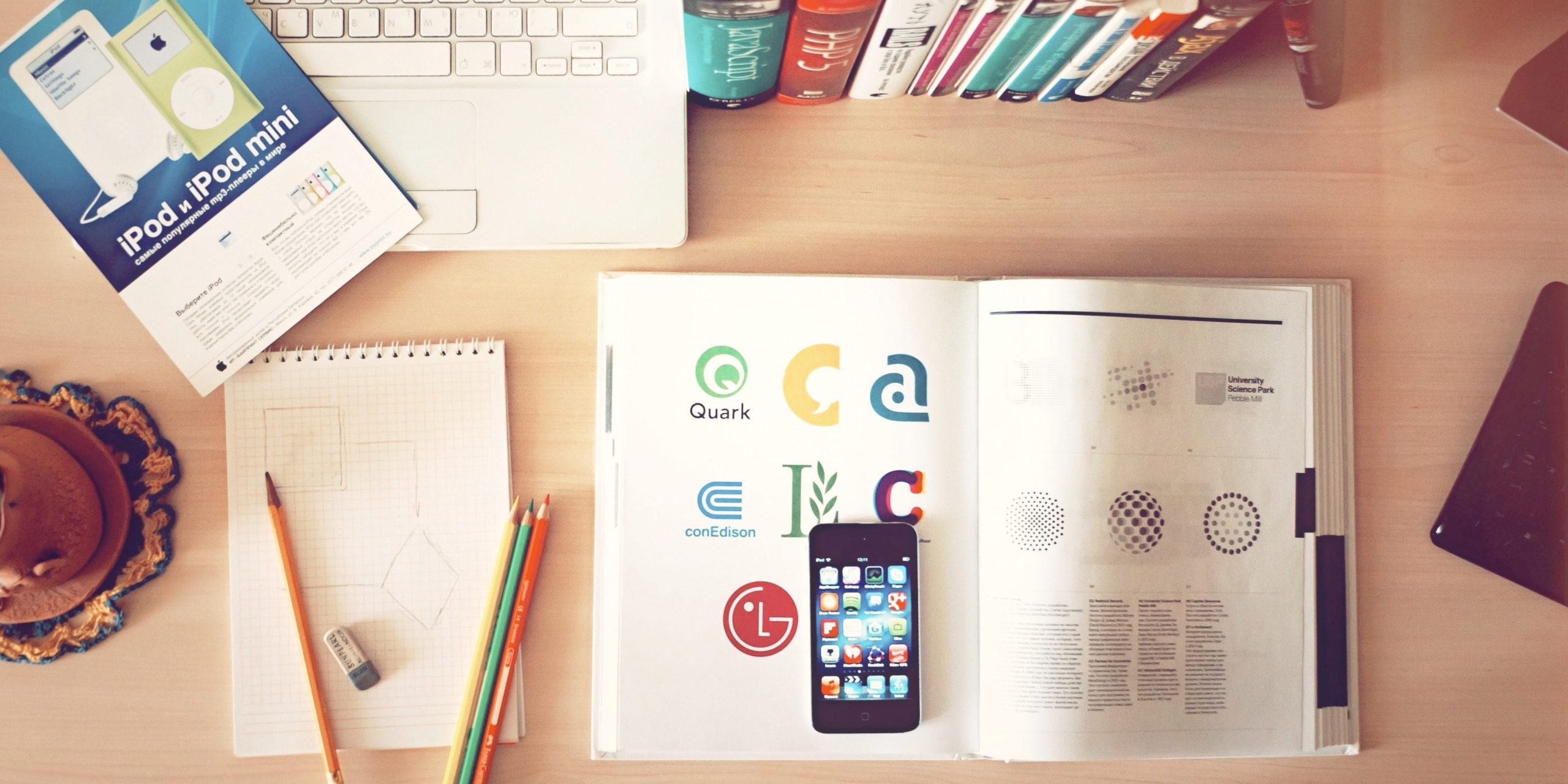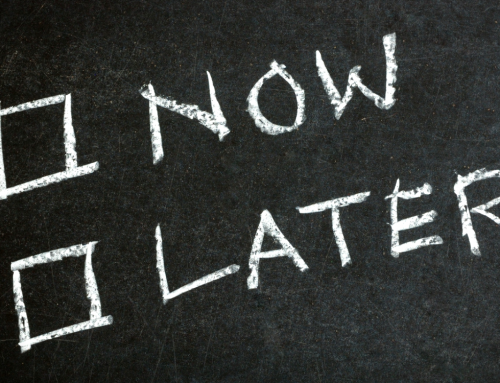Yeah, we’ve heard it before: Being a change maker is 5% inspiration and 95% perspiration. The percentages might vary depending which part of the world you live in, but essentially everyone says the same thing. Sadly, most entrepreneurs, project managers, teachers, activists, parents (!) and whoever else ever took the whole route from inventing to managing something meaningful will agree. Visioneering simply seems to be more fun than dealing with the drudgery of room bookings, counting bills, sending out doodles and skype reminders. But does this have to be true? Here some insights on how the hard work can be made less hard. – By Astrid.
The evil isn’t perspiration. It’s procrastination!
Isn’t it weird? Once our school homework was done it seemed to be much less annoying than the moment we were just about to sit down and do it. When we did our homework in time it seemed less annoying than when we did it late. If we regularly did do our homework most of us also tended to dislike school less than those who repeatedly failed in tests, because they simply couldn’t be bothered to keep up with the curriculum.Similarly with gym memberships (one of our favourite examples at The Arc): After the gym is usually better than before. If you have cultivated a habit of going to the gym weekly, there is a good chance that you think more positively about exercising than someone who regularly finds excuses to prioritise the TV over the treadmill.
If we are honest to ourselves, it is usually not some serious and in some way deeply-rooted fear that is the reason to refrain from doing our homework or going to the gym. It is pure lazyiness. It is because our butt likes to stay seated rather than to get moving. Oh, how lovely it is within our comfort zone. So, as long as procrastination is the cause for not getting stuff done, the only answer is to stop it. You are old enough to get yourself to work, although in this very moment your lazy and arrogant brain tells you “Euhm, excuse-moi… I do not feel in the mood for … work. Let me gather my creative inspiration first.” Truth be said: You might never gather the creative inspiration it takes to send out doodle invites. What you might get is time pressure (and oh yeah… things go fast under time pressure!). But time pressure doesn’t tend to make people happy. Time pressure tends to make the perspiration feel twice as exhausiting – unnecessarily.
Doing your homework, leaving your comfort zone once in a while and sticking to your deadlines are still amongst the safest ways of reaching your set goals. And – magically – if you reach your goals the whole process of perspiration has a good chance of becoming inspiring in itself. You might easily find yourself looking back thinking: “Awww… what a time of personal growth and insight have I just been through. Gosh yeah, it’s all about the journey!” So get going and remember (alternatively: hammer it into your brain!) that ignoring your desire to procrastinate might just take 3min of self-discipline whilst it probably will make the whole process of working towards your objective significantly (!) more satisfying.
Set milestones – that inspire you.
Ok. We’ve all heard that we were supposed to set milestones, take baby steps and sort out our priorities bla bla bla. Yes. All true. Still such phrases rarely linger in our hearts once the workshop door is closed or the youtube video finished. So how to go about it?
First of all: Most (and especially starting) entrepreneurs and project managers are at risk of getting lost in the sheer possibilities that time management and task-delegation-optimation-super-tools offer up to a point where they find themselves having spent way more time googling workflow optimisation tools rather than working on what their real mission was. Btw: I speak from experience here. Scaling up too early is one of the number one things where starting initiatives go wrong (see a great video here on this issue). What is way harder: Being clear what it is that you should really get done! That is: Translating your fluffy-puffy mission-dream into reality. Ask yourself: What do I want to have done by the end of the year? Write that down. Then think about what needs to happen for this to be a reality in each quarter (Q) of the year. Make sure it’s realistic, but then again not too easy (note that for Q 3 and 4 there is only one line provided anyway). And: If you just stick to that, that’s already pretty impressive!

Duuuuuh! You knew that before. Actually everything above was nothing else than what all these time management gurus and personal growth youtubers tell you. So where is the mental kick in this? (Trust me, we will prove to you why the last one-and-a-half minutes of reading time weren’t a complete waste!)
Second of all: So, let’s assume your life mission is to save forests in Austria. What do you think is the more efficient milestone? (1) Design a website and document your work (2) Save 100 trees and publish pictures of that on your mayor’s facebook page. Well, we think it’s milestone number two. Why? It is s-m-a-r-t, probably implies a significant but bearable challenge, and most importantly: It directly contributes to your mission. These are the three things that make your milestone inspiring. And just to be clear on this: Yes, you do have to leave your comfort zone a little bit in order to be proud of reaching something. So, if you want get some inspiration into your perspiration, set yourself some inspiring (daring!) milestones, work hard to reach them and – once you do – celebrate like a pro!
Perspire as a meditative exercise.
Just in case you think that all these super-amazing Richard-Branson-copies in their early thirties who’ve sold their startup for a couple of millions did that by just visioneering and putting up cute sticky notes while drinking latte macchiatos in hip shared-office spaces: You are mis-ta-ken! There is a good chance these guys had sleepless nights, and sacrificed either their entire social life or at least one relationship for their project. Those that are (still) happy have in most cases learned one thing: To treat perspiration as a meditative exercise. Just like any marathon runner they have learned to look exhaustion in the face and say “Welcome! I know you from before, but somehow… I couldn’t care less that you are there!”
This is not your way of thinking? Why not? If you want to make the perspiration less demoralizing, don’t get stuck in self-help or time management seminars, but change your attitude right away. And if it doesn’t work at once (which it probably won’t):
Fake it ’till you make it become it!
Fake it ’till you make it. People who say that are not necessarily cynical. Actually, speaking in neurological terms this dull statement could easily be paraphrased as “Practice makes perfect!” We honestly love the TED-talk by Amy Cuddy stating that our true ambition should not to be to “fake it ’till we make it” but “until we become it” (click here for the full video). Haven’t you, too, cultivated some sort of healthy behaviour over time, although it felt unnatural or you didn’t like it at first? Maybe you began to eat healthily, maybe you became all sporty? At least you probably started (and continued) to brush your teeth twice a day. So if you managed to program yourself to neither start nor end your day without sticking a piece of plastic with hairs covered in a sharp-tasting half-solid gel into your mouth, why can’t you start feeling at ease with a basic level of pressure and stress?
And just to be clear on this: This is not about advocating long working hours in general or downplaying the effects of burnout. But I claim that you are probably able to widen your comfort zone so that when perspiration knocks on your door (cos it will!), you can invite it in and not freak out over it immediately. If you practice the process of setting a mission, setting inspiring milestones, doing your homework and end up with gradual, at times accidental personal growth through that – most mundane tasks will likely feel much less frustrating. Whilst the emotional sensation you experience when you migrate client data from one database to another should theoretically be the same – regardless of whether this is your own visionary social start up or some boring large corporate – the reality is: Knowing why you do what you do, will give a whole new (and usually better) taste to the process.
It’s an art to enjoy the marathon. Yet, not impossible to master! After all: It’s all about the journey.
Let’s get some stuff done!
P.S. One significant aspect that deserved to have been mentioned here is to outsource and automate tasks. Whilst this is definitely something that makes perspiration less exhausting it would have made this article even longer. For those who are still interested, here some good links on outsourcing and automation.







